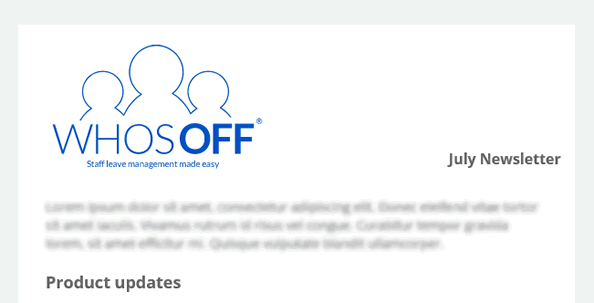What is your business doing to encourage staff loyalty? While some firms choose financial or material perks, others use staff sabbaticals to reward people for their commitment.
Monzo is the latest major company to embrace extended leave, recently announcing that all employees who’ve been with the company four years or more can take a paid 3-month break. Following in the footsteps of businesses such as Brewdog, which offers staff an extra month off for every five years of service.
While sabbaticals used to be reserved for professions such as teaching and medicine, these examples show how long breaks are expanding into other sectors. But as with any new initiative, there are pros and cons to including sabbaticals in your employee benefits package.
What are the benefits of offering staff sabbaticals?

Extended leave is becoming more popular in the business community, with 1 in 5 organisations now offering sabbaticals to long-serving staff members. And there are clear advantages to choosing this particular perk:
- It’s more cost-effective than staff bonuses – companies don’t always have the budget to offer pay rises or financial bonuses, so extra holiday is an affordable alternative. Employees still feel recognised and rewarded for their loyalty, and it gives them more time off to spend with family or enjoy personal interests.
- It encourages staff to stay with your business – most sabbatical schemes are only open to people who’ve been with a company for several years. This helps you retain good people for longer, reducing staff turnover and recruitment costs.
- It refreshes and re-energises your hardest workers – employee burnout is a real problem in many businesses, and loyal staff often suffer the most. Giving people a chance to take extended leave allows them to rest before returning to the office feeling reinvigorated about their job.
- Junior colleagues have a chance to act up – most sabbaticals tend to be taken by senior personnel. So while they’re away, their direct reports and junior colleagues have an opportunity to ‘act up’, giving them a taste of future opportunities if they stay with your business.
- It’s an alternative to redundancy during difficult trading periods – while many companies offer a paid sabbatical scheme, unpaid sabbaticals can help your business through a difficult period. Instead of being forced into making redundancies, you can offer staff time off work until business picks up again.
What are the disadvantages of sabbatical leave?

While employee sabbaticals have clear benefits, they’re not a sure-fire route to a happy workforce. Not managed correctly, extended vacations can leave both the person taking time off and their wider team feeling frustrated – for these reasons:
- Tasks and responsibilities still need to be covered – just because someone’s off doesn’t mean their workload stops. Careful planning is required to ensure all their core responsibilities are covered while they’re on sabbatical.
- Recruiting temporary cover comes at a cost – one way to manage staff absence is to recruit temporary or fixed-term contract staff. However, this means your business will end up paying twice; once to cover the salary of the person who’s off, and once to pay their replacement’s wages.
- Colleague workload can increase – while sabbaticals are a well-deserved break for the person taking time out, team members often take on extra work to cover them. If your business wants to redistribute tasks rather than hire temporary support, be careful not overloading key colleagues.
- Other staff holiday may be affected – keeping your business operations running when people take time off is a balancing act. One team member taking a prolonged period off work may affect when their colleagues can book annual leave.
- Staff on sabbatical can feel disconnected from the company – if you’re offering people several months to a year off work, a lot can happen during that period. Planning your colleague’s return is just as important as planning annual leave, as it will ensure they’re quickly reintegrated and feel welcomed back into your business.
Are there online tools to help manage staff sabbaticals?
One final obstacle between companies and extended leave is knowing how to record and manage staff sabbaticals.
Many work holiday planners aren’t sophisticated enough to manage extraordinary time off – whether that’s seeing who’s eligible to take a sabbatical, or tracking it in their holiday entitlement. Yet clear visibility and coordination is critical to making sabbaticals a success.
The most effective way to run your sabbatical scheme is to invest in a digital leave management system. With an online holiday management tool, everyone in your company can see who’s working and who’s off – including why they’re off if you choose to share that information. This way, staff know if someone has a sabbatical coming up, and you can manage other leave around their absence.

Try WhosOff for free to make more informed decisions around employee leave.

